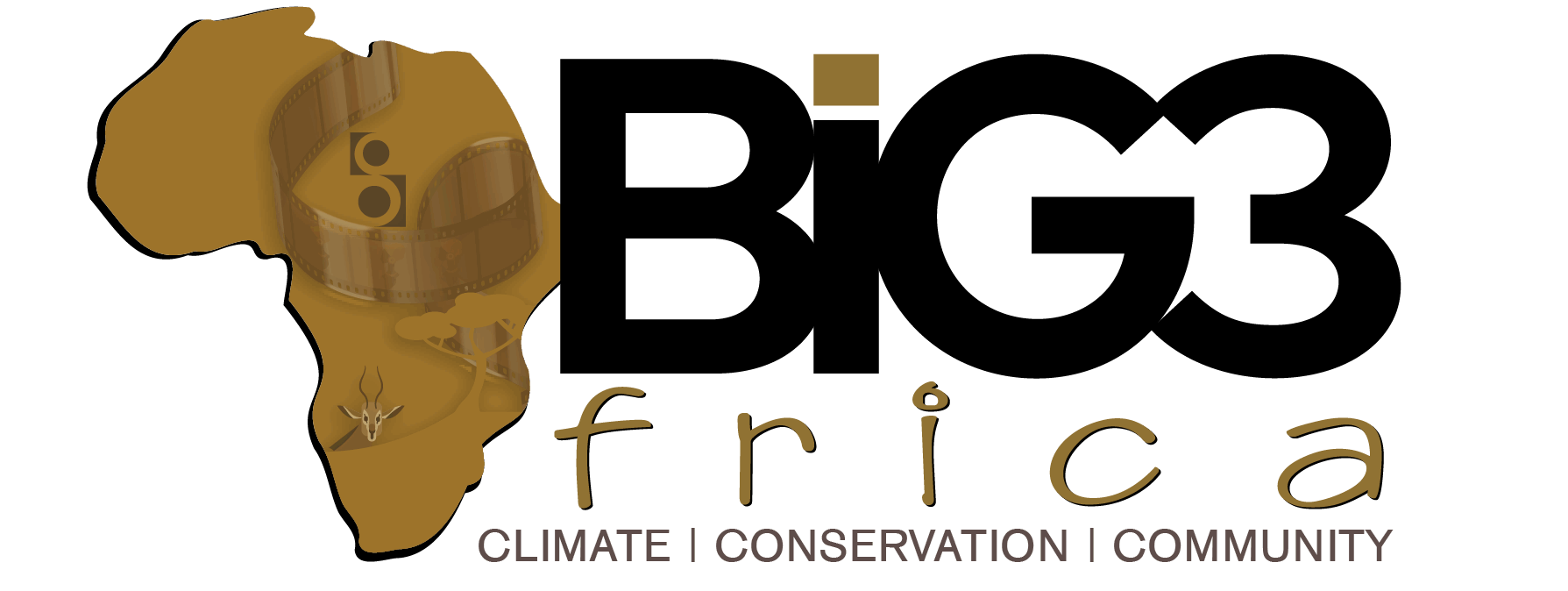Despite safeguarding 80 per cent of the planet’s remaining biodiversity, indigenous people across the world are being excluded from climate solutions, displaced by them, and denied the resources to lead the way, a new United Nations report, “The State of the World’s Indigenous Peoples,” concludes.
In Kenya, the people categorized as Indigenous are mainly pastoralists and hunter-gatherers. Hunter-gath¬erers include the Ogiek, Sengwer, Yiaku, Waata, and Awer (Boni), while pastoralists include the Turkana, Rendille, Borana, Maas¬ai, Samburu, Ilchamus, Somali, Gabra, Pokot, and Endorois.
The report shows that as is the situation in other parts of the world, indigenous people in Kenya are facing many challenges related to climate change.
“Kenya’s prevailing economic situation is an intractable crisis. It is a profound indictment of the status quo that a dis¬proportionate number of Indigenous communities continue to bear the burden of crisis after crisis, evidenced through impacts of climate change, insecurity, and apparent food insecurity.

“Despite some shifts in rhetoric, however, climate financ¬ing projects targeted at most indigenous peoples’ landscapes are seemingly failing to bridge the inequality gap and are, in most cases, coordinated by elites. On the other hand, despite concerted efforts to secure the collective land rights of communities, disruptive actions such as the Ogiek community eviction are a glaring reminder that we are far from securing human rights and, particularly, tenure rights for most Indigenous communities in Kenya,” the report states.
The report calls for a major shift in how Indigenous knowledge is understood and respected – reframing it not as “traditional” or folkloric, but as scientific and technical knowledge: “Indigenous knowledge systems are time-tested, method-driven, and built on direct relationships with ecosystems that have sustained life for millennia.”
For example, in Peru, a Quechua community in Ayacucho has revived water sowing and harvesting practices to adapt to shrinking glaciers and drought. These methods, part of ancestral stewardship of hydrological cycles, are now being shared across borders with Costa Rican farmers as a model of South-South climate cooperation.
In Somalia, oral traditions serve as ecological law. The report cites cultural norms such as prohibitions on cutting certain trees (gurmo go’an) as evidence of environmental governance embedded in generational wisdom, passed through proverbs, stories, and taboos rather than policy papers.

As the world embraces a renewable energy future, the report shows, many Indigenous peoples are becoming collateral damage from some of the solutions: “Green solutions often pose as much of a threat to indigenous peoples as the climate crisis itself. From biofuel expansion, carbon offsetting schemes, and mineral extraction for clean energy technologies, the new economy is often being built on old injustices.”
The report draws attention to how demand for minerals linked to the green energy transition, such as lithium and cobalt, in Africa has led to extractive activities that proceed without free and informed consent from the affected communities. These projects often result in environmental degradation and displacement, echoing colonial patterns of land exploitation.
In several countries across the Americas, carbon offset projects tied to forest conservation have also been implemented on Indigenous lands without consultation, resulting in environmental degradation and exclusion from financial benefits.
The report warns that if climate actions continue to be designed and implemented without taking the interests and the opinions of indigenous peoples to account, they risk replicating the extractive and exclusionary systems that fuelled the climate crisis in the first place.
The report further looks at how climate-related health impacts interconnect with the social, cultural, and spiritual lives of indigenous communities. In East Africa, for example, the study found that women are more vulnerable to neglected tropical diseases such as schistosomiasis, leishmaniasis, and soil-transmitted helminthiases. In the Amazon, climate-induced biodiversity loss has reduced access to traditional foods and medicinal plants, contributing to nutritional deficiencies among pregnant and nursing women, as well as broader community health vulnerabilities.

Despite these challenges, the report explains that communities are implementing locally rooted adaptation strategies, often led by women and elders. These include restoring traditional diets, strengthening intergenerational knowledge sharing, and adapting harvesting calendars to new ecological rhythms.
On funding for climate initiatives, the report reveals that indigenous people’s ability to shape and implement climate policy remains severely limited in terms of funding and governance, with less than 1 per cent of climate financing reaches indigenous peoples directly.
The report calls for a fundamental shift: not just to increase funding, but to change who controls it. Among its key recommendations are the creation of Indigenous-led financial mechanisms, formal recognition of indigenous governance systems, and the protection of data sovereignty by ensuring communities control how knowledge about their lands and livelihoods is collected and used.
Unless these systems are transformed, the report warns, climate action risks reproducing the same patterns of exclusion and dispossession that have long undermined both Indigenous rights and global environmental goals.




